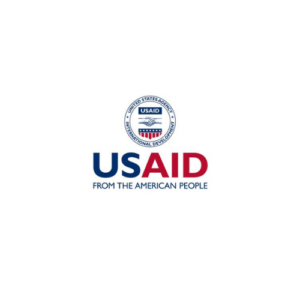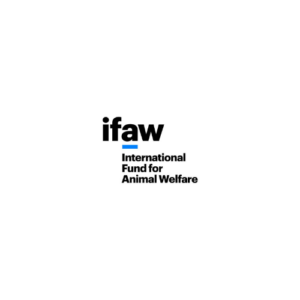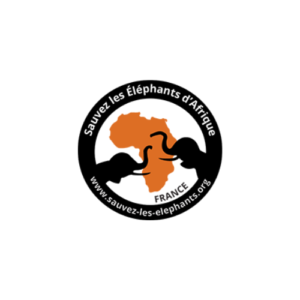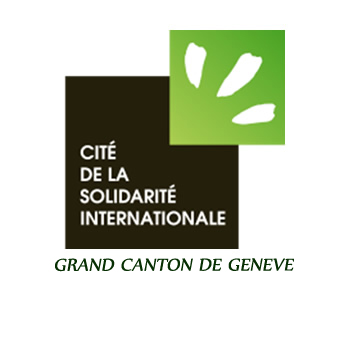Press Article
August 2011: The Chinese Market Fuels Elephant Poaching in Africa
Every month, the lifeless bodies of mutilated elephants, often decapitated or with their trunks severed, are discovered in national parks in Kenya, Chad, and the Democratic Republic of Congo. While the drought in the Horn of Africa contributes to the deaths of these magnificent creatures, the majority of carcasses result from poaching, fueling the illegal ivory trade that has seen a resurgence in the region over the past five years.
As a consequence, elephant populations are paying a steep price. In Chad, their numbers have dwindled by 40%, plummeting from 4,000 individuals in 2006 to approximately 2,500 in 2010. In Kenya, within the Tsavo National Park, home to a significant elephant population, there are currently 12,000 elephants compared to 35,000 twenty years ago. Overall, 37 African countries are affected by poaching, resulting in the death of nearly 100 elephants per day across the continent, according to the International fund for animal welfare.
Most disturbingly, poachers target the magnificent males, primarily for their enormous tusks. By targeting the breeding males, they jeopardize the species’ survival. Nevertheless, international trade in elephant ivory was banned in 1990 by the United Nations Convention on International Trade in Endangered Species of Wild Fauna and Flora (CITES). In recent years, however, some African countries have been permitted to auction off their stocks of ivory derived from naturally deceased elephants or confiscated from poachers.
For elephant advocates, this legal sale only fuels the demand for ivory and facilitates the entry of illicit ivory into the market, sourced from elephants fallen victim to poaching. Subsequently, regardless of ivory’s origin, it finds its way to Asia, with the primary buyers being the Chinese.
According to a new study on ivory trade cited by The Guardian, , the number of ivory products sold in southern China, particularly in the cities of Guangzhou and Fuzhou, has more than doubled since 2004, with most of these transactions being illegal. A Vanity Fair investigation revealed that “there hadn’t been any poaching incidents in Kenya for 30 years until a Chinese company was awarded a contract to construct a 112-kilometer highway. Nearly 90% of individuals apprehended with ivory at Jomo Kenyatta (Mombasa Airport) are Chinese nationals“.
The economic boom in China and the increasing purchasing power of the population are the driving forces behind this demand. China’s emerging middle class is particularly fond of ivory jewelry and artifacts and attributes medicinal properties to ivory. According to a survey, 70% of Chinese believe that elephant tusks fall out and regrow, much like baby teeth, and that buyers are merely picking them up.
The Asian market is also keen on rhinoceros horns, which are used in alternative medicine as a remedy for various ailments, from nightmares to dysentery. Consequently, the price of rhinoceros horn has skyrocketed. In South Africa, a gram of rhino horn is worth more than a gram of cocaine. This growing demand has led to a dramatic increase in rhinoceros poaching across the continent. According to The Guardian, 333 rhinoceroses were killed last year, and 193 have been killed since the beginning of this year, compared to only 13 in 2007.
There have also been about twenty thefts reported in recent months from European museums and auction houses. Researchers and animal advocates are urging China to enforce laws and better control the ivory trade, especially since there have long been substitutes made of wood or bone that closely resemble ivory. TONY KARUMBA / AFP Elephant relocation





























